Buying a used guitar online is risky. Your best bet, buy far, is to march down to your local guitar store and play all the guitars in your price range until your hands and your ear tell you what to buy.
Sound?
Buying online rules out the most important aspect of a guitar purchase: the sound of the guitar. If it is electric: how do the pickups sound in the neck and bridge (and mid) position? Does it give you a classic, crunchy distorted rock sound, or more of a twangy, single coil sound? If it’s acoustic: is the sound big and full, or weak and tinny?
Feel?
How does it feel? You gotta to feel it! What do your hands think about the neck, body, and weight of the guitar? It’s always better to hold the guitar you are going to buy. Even if you are a beginner who doesn’t know his/her first chord, your hands will tell you what they think.
Action/string height?
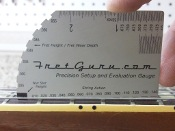
Buying online can’t tell you how far off the neck are the strings. Does it play in tune in the first position near the headstock and then sound sour higher up the neck? Is there some hidden crack where the neck meets the body that you missed because the pictures weren’t so great and the seller didn’t care to mention it? If it’s an electric, do the electronics work well? Again, if you are a true beginner, then by all means, ask the friendly local guitar store dude to fire up the amp and let you hear him play the guitar. (And if they won’t let you hear it or are too busy then go somewhere else.)
Before you venture out into the internet wilderness in search of a sweet guitar to love, run down to your local guitar shop first.
So you’re gonna do it anyway…
so assuming for some reason you can’t buy local–you live in an igloo or you are holed up in a mountain shack with a fast internet connection–here are the rules for buying guitars online. What we are doing here is trying to minimize risk and give you a good chance of getting the right guitar.
The 7 risk-minimizing rules when purchasing a used guitar online
Rule #1
Know what you want. If you know what type of guitar you are going to buy: say a Fender type with a contour body or a Les Paul type that is a bit heavier, then you have a good idea about how the guitar might feel, which is better than nothing, but it’s only an idea. A Fender Squier Bullet is a fine starter guitar, but a Fender USA or Fender Japan strat is going to feel better/different.
Rule #2
Only buy if the pictures are high-quality, close ups that show every angle. Don’t let your imagination fill in the blanks.
Rule #3
Ask the seller if the neck is flat. If the neck has a very slight bow, that’s ok, it’s called relief, but too much makes for a crappy guitar experience. Pictures really can’t show you if the neck is flat.
Rule #4
Ask the seller to measure the distance between the bottom of the 6th string and the top of the fret wire at the 12th fret. Same with the 1st string. If you are buying an electric, the distance should be under 2mm. If acoustic then 3mm is good and 4mm is pushing it.
Rule #5
Make sure the guitar comes from a good home. Does the current owner of the guitar keep it in a case? Hard is best. Soft case is ok. No case is a problem. Is the guitar laying out in the street, or lovingly placed on a soft blanket or carpet? Does the guitar look like it’s been played out its whole life? A guitar that’s been gigged should be avoided. Usually guitars that spend a lot of time in bars have been dropped, banged, dinged, have had beer spilled on them, and are occasionally thrown at under-performing drummers.
Let the pictures be your guide. I always check the surroundings. Is the guitar in a warehouse or garage surrounded by oily junk: bad. Or in the corner on a stand near a bookshelf in a nice, clean room: goooood.
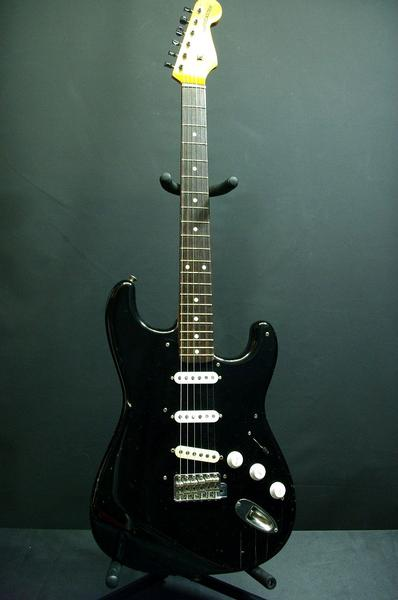
Rule #6
Newer is better. There’s a whole lot less to go wrong with a ten year old axe as opposed to a 30 year old one. That’s a full twenty years of drops, dings, small children with peanut butter on their fingers, etc.
Rule #7
Be patient! Make sure you have the money in hand and have decided on how much you are going to spend before you start looking. You also need to know what type of guitar you want. Here’s an example: strat type with contour body, under 10 years old, clean, flat neck, string height ok (see rule #4). Then you wait very patiently for the right one to come along.
Ignore the rules at your peril!
The first guitar i bought online was a late ’70s yamaha sl-380 (mij, les paul style) which was beautiful–tobacco sunburst with the wood grain showing through the nitro finish… but the neck tweren’t so hot. It has a bit of a bow that’s more than relief. It’s playable and i use it daily, but if i had taken my own advice, i wouldn’t have bought the yamaha. I didn’t have string height measurements and there was no mention of the neck in the description. The pictures were good, but they can’t tell you everything.
Your experiences?
I hope this helps someone find the right guitar online. Post a comment of your triumphant successes (or failures) purchasing used guitars online.
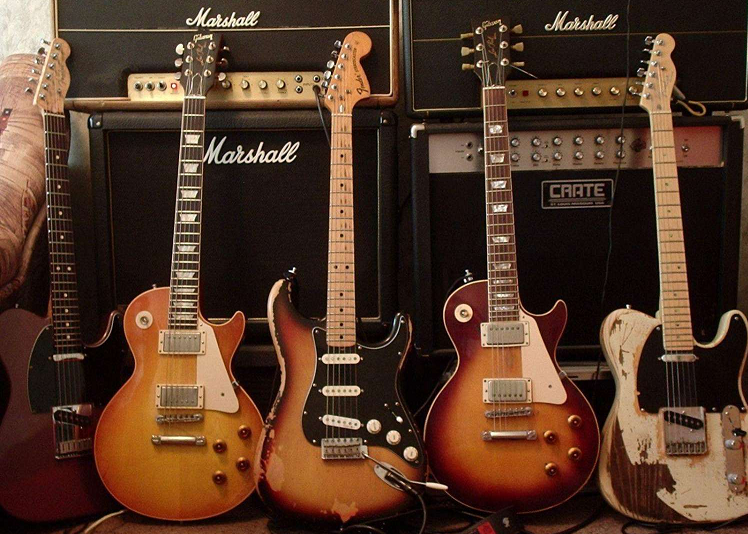

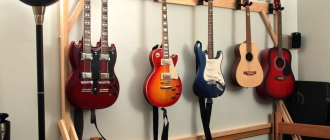
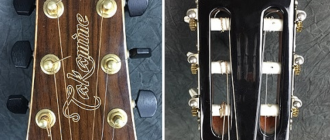
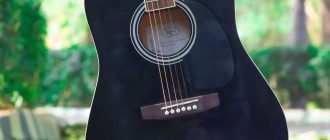

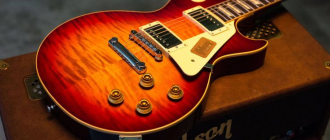
That is good advice. I especially liked, and have asked, the action height at the 12th fret. I learned the hard way when I bought a beautiful German Hofner Club bass. The action was very high and the bridge was bottomed out. Through arbitration I was able to return it for a full refund. I also took it to a local luthier who concluded that it would need a neck reset. So, that is a good question to ask. Also, if you are buying online a good idea is to be offered a period of time for inspection! That way you won’t have to go through the trouble of arbitration! I have learned by lesson the hard way. No fun at all.
Thanks for the input, Allen. Yes, an inspection period is a great idea. It’s always a crapshoot when buying a guitar online, but you can minimize risk if you do your homework.
I recently purchased a used Dangelico Atlantic Premier from Music Go Round. It was half the price of a new Premier. The volume and tone knobs had been changed but otherwise a very clean original version. When it arrived I immediately noticed the tuners had been swapped out for a set of Gotoh locking tuners, one of the key distinctions between the Premier and Deluxe versions of the Atlantic. I also purchased a set of jb/59 SD pickups. Now its as close to a Deluxe model as you can get for 1/4 of the price. Im very happy with my purchase.
Most of these depend on your needs as a player and your ability to put a little elbow grease into your purchase. There are absolute gems to be had if you learn the basics of how your instrument works, at a fraction of the price you’d otherwise pay. But I’d encourage players to follow these rules to the letter — leaves more bargains out there for guys like me.
Great article. Unfortunately us leftys have to mostly succumb to internet purchases because our local guitar shops maybe will have one lefty on the rack and it’s either the cheapest built or it’s the most expensive one you can buy. I actually got two guitars from a company in Australia that only catered to lefty’s and my experience was great with them.
Don’t even think about it if you can’t return it after inspection for 48 hours after it arrives. Might have to pay for shipping but some guitars just are not right no matter what the seller might say or represent.